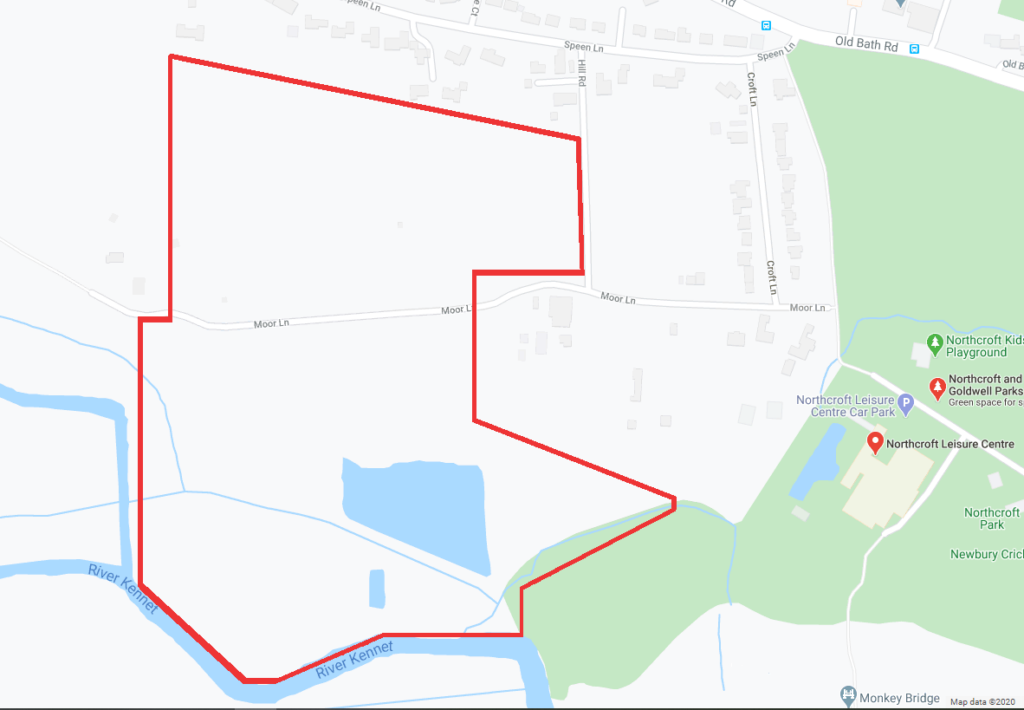Wetlands and Meadows
If you walk through the Suttons Estate to the West of Thames Waters Speen Pumping Station. You will see a vast network of channels, weirs and sluices. Many of which were dug by prisoners of war in the Napoleonic wars. This was to create a managed water meadow, where by wetland is drained by digging ditches so that it becomes arable land. Which is then periodically flooded to increase the nutrients. The areas West of Newbury would have provided fodder for grazing animals. These traditional meadows hosted and supported a diverse variety of species, but are rare these days due the change of land use in favour of industrial agriculture.
Wetlands have lakes, ponds, bogs and reed beds that support an abundance of species that work symbiotically together as natures garbage disposal system. Reed beds in particular are the perfect solution for sewage and urban runoff (all the oil and cleaning chemicals we wash down the drain). Reed beds absorb some of this pollution and help clean the water running through them. Riparian plants support invertebrates, which then support fish and birds. Throw in your fungi, amphibians and small mammals; you have a complex interconnected and species rich environment.
Thames Waters ‘s land has a lake, some ponds, river, reed beds and bog and also some higher area that is meadow and young forest. It is species rich and diverse, but somewhat neglected. There is unofficial public access through paths of desire, but they are not particularly safe and certainly not accessible. The habitats have become a bit of a mono-culture where certain species have become to dominant. It really just needs a little love and would quickly thrive into a beautiful nature reserve.
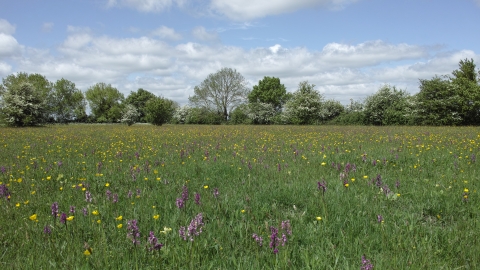
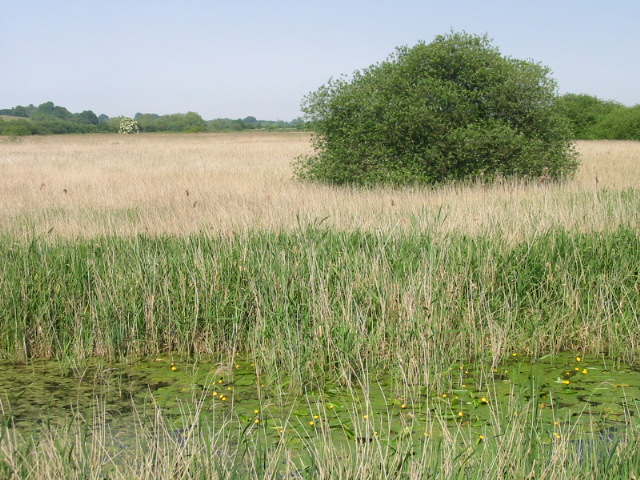
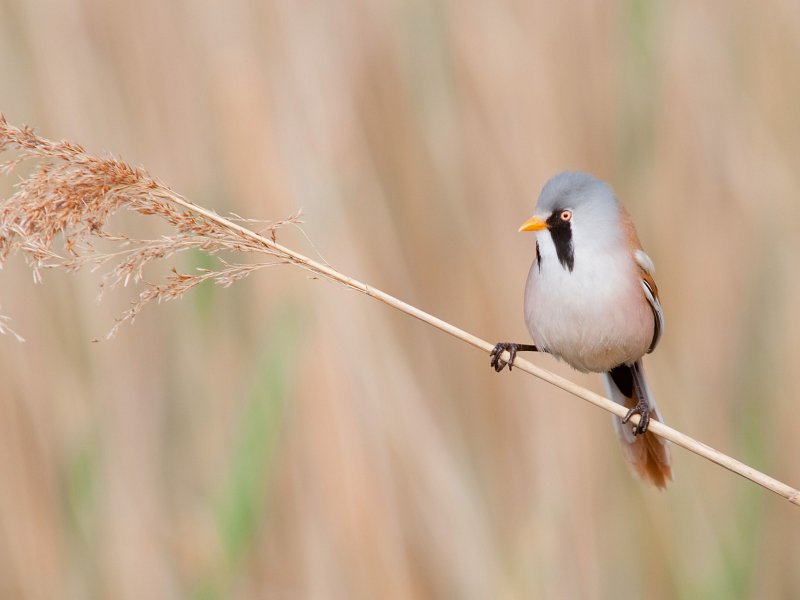
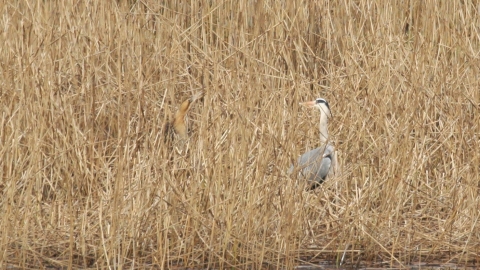

Community nature reserve project in conjunction with Thames Water
Thames Water have indicated that they are very keen to work with us on this project. It is very much inline with their own ambitions for the land and corporate responsibility objectives.
The aim of the project is to mimic similar schemes where Thames Water has allowed a community group to manage a small nature reserve on their land.
The area has a lake, reed beds, and grass meadow, that only require some minor light touch management to create a very rich nature reserve environment.
The eventual aim would be to also provide an accessible footpath from the back of the playing fields to the Thames Water road access at Moor Lane; creating a small circular route around Northcroft Leisure centre.
There are also fields north of Moor Lane which are part meadow/part scrubland. These fields already have paths of desire used by the public. There are hedgerows throughout the fields and alongside Moor Lane that have now grown into trees. It would be desirable to thicken these areas with additional hedge laying and/or tree planting to create thicker areas of dense scrub and young woodland.
- Make existing paths of desire safe, by removing dangerous fallen fences and trees
- Work with Thames Water to understand their concerns and ambitions, safety, ecology and points based net gain for nature system
- Construct a raised accessible boardwalk from the Northcroft parkland to Moor Lane. Creating an accessible circular walk around the leisure centre
- Manage Thames Water’s unused areas of land as a nature reserve
- Which may include…
- Re-establish reed beds and open lake areas
- Litter removal
- Grassland management
- Monitoring of species
- Public information boards, viewing platforms, benches, etc.
- Gentle management of the variety of habitats
- Nesting features like bird boxes, bug hotels, ponds, etc.
